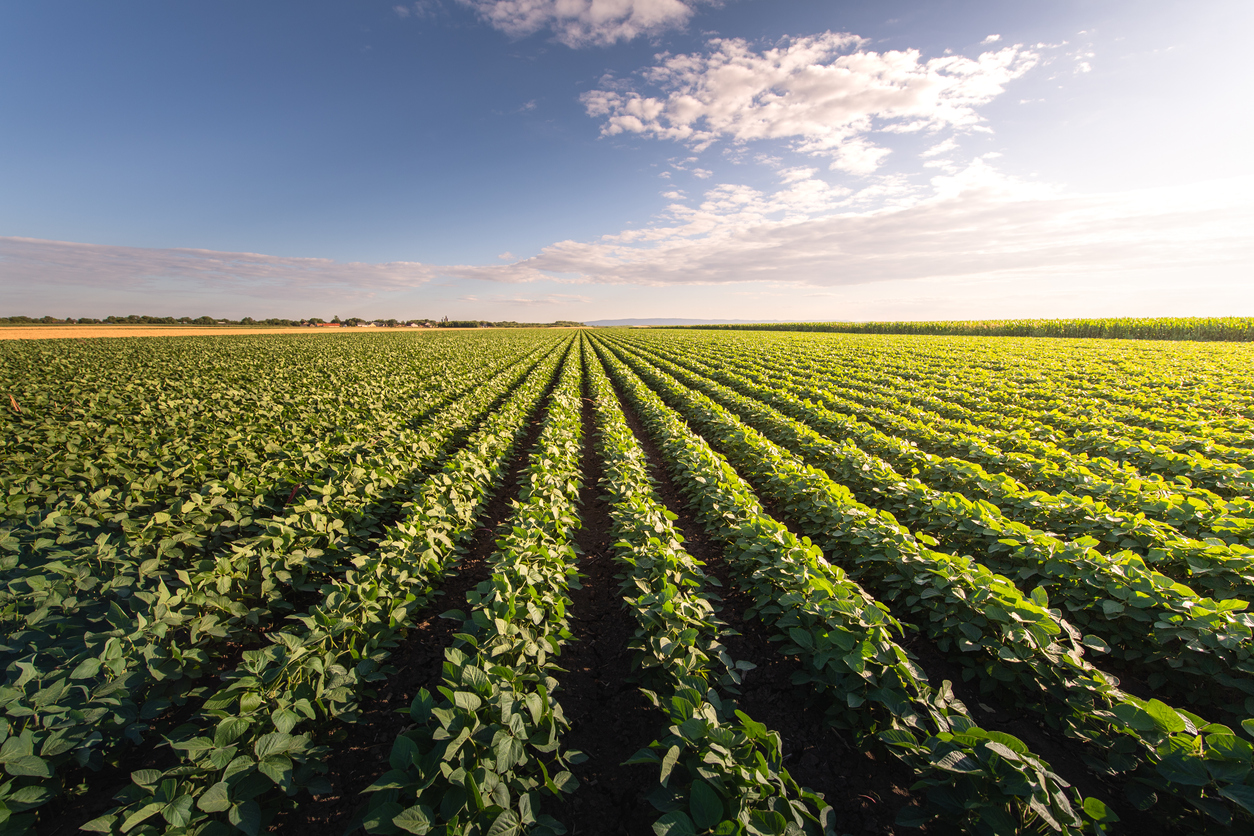Does Inoculation Pay?
Most farmers have stopped inoculating soybeans but with todays prices, is it worth considering?
In most cases, if soybeans have been grown in the last 3-5 years, the soil contains rhizobia
(Bradyrhizobium japonicum) bacteria which fix atmospheric nitrogen in their root nodules to
produce soybean seed. Although these soils have rhizobia, do you have enough and does it pay
to inoculate every year.
Dr. Jim Beuerline’s Ohio research (2004) showed farmers gain 1.94 soybean bushels per acre
when they inoculated their crops every year. Since inoculant costs $5 to $7 per acre, at $14 per
soybean bushel, that’s a return of 4X-6X your investments. For some farms the yield increase is
2-6 bushel ($28-$84)/acre or a return of 4X-16X. In most cases, inoculating soybeans is an
investment that is at least worth considering! Here are some cases where it really pays.
First, if your soil has been flooded or have standing water for more than 1 week, inoculation can
pay off. On the other hand, if you inoculate, plant your field, and it stays flooded for a week, it
may not pay. In almost all cases, if your soil problems or issues persist, it may not pay.
Soybeans need good soil structure (no compaction) down at least 4 inches. Soils that are
compacted tend to flood and have poor air movement. Rhizobia bacteria need access to
atmospheric N to make nodules.
Soils that are bare and get really hot can have reduced bacteria levels. Bare soils during a hot dry
summer can reach 1400F which kills all soil bacteria. Think back to last year. The air
temperature in June reached above 900F for many days and soil temps could have reached 110-
1300F on bare fields when soybeans were still emerging or had not reached full canopy. Soils
with low soil organic matter and sandy soils tend to benefit from inoculation.
Crop rotation can also affect rhizobia bacteria populations. If soybeans have not been planted for
at least 3-5 years, the rhizobia soil counts decline. If brassica cover crops (radish, kale, rape,
turnips) or buckwheat cover crops have been planted by themselves, often the rhizobia bacteria
population declines. Soils that have eroded have less SOM and may also be low in rhizobia.
If you decide to inoculate your soybeans, check your seed treatments for insecticides and
fungicides to see if they are compatible with rhizobia. Most times it is not an issue, but it is
worth checking. Also check your soil pH. At a pH below 5.5, soybeans struggle because certain
micro-nutrients like molybdenum are not available. On these fields it pays to lime to correct the
soil pH. Rhizobia also need cobalt to make nodules that fix atmospheric N. During the growing
season, pull up a few soybean roots to look for soybean nodules which should be pink inside if
they are healthy. High pink soybean nodules generally translate to higher yields if the soybean
plants are healthy.
Sometimes, rhizobia bacteria can lose their N fixing capacity or simply become less efficient at
the process over time. According to a Manitoba soybean study, bacteria genes exist in large
genetic packages called symbiosis islands that can be detached from the bacteria. The gene pool
can change over time, and the rhizobia may not be quite effective as fixing N for the soybean.
General recommendation for inoculating: Store your inoculant in a cool place (LT 50
0F) and keep out of sunlight. Apply inoculate to seed about 4 hours before planting with a slurry or get it pre-inoculated by a commercial company. Buy fresh inoculate each year. Watch both
insecticide and fungicide soybean seed pre-treatments. Never mix a fungicide or insecticide
together with a rhizobia pre-treatment.
When loading a drill or planter, fill the seed box 3 inches deep and apply inoculate over the seed,
mixing it thoroughly. Continue to add seed in 6-inch layers, treating each layer until the seed box
is filled. Moisten seed slightly to increase the adherence of dry inoculate. Individual seeds need
no more than 3-5% coating of dry material. Liquid materials will usually cover most seed. Liquid
inoculants are generally good for 120 days, sterile peat products 30 days, and planter box
treatments 2-4 days as long as it is cool and out of the sun.
Each plant species needs its own special type of rhizobia inoculant. For cover crops, alfalfa clay
inoculants can last 2 years, red clover clay inoculants 1 year, but peat-based products only 48
hours. For Crimson Clover pre-inoculants (48 hours maximum), Hairy Vetch and Winter Pea
planter box treatments (12-24 hours maximum). Rhizobia inoculation is a good farming and soil health practice and it pays.
